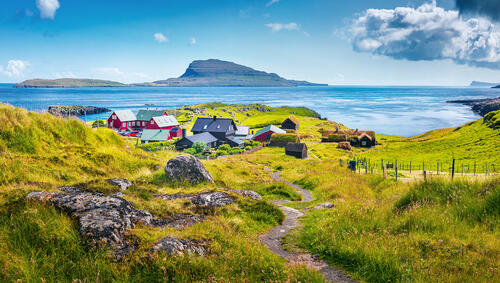You're likely familiar with Spain's Majorca, trendy Sicily, the Isle of Skye in Scotland and maybe even Norway’s breathtaking Lofoten archipelago. All these islands and more are firmly on the tourist trail, and it goes without saying that maritime nations such as Iceland, Cyprus, and Malta are also on your radar. But what about some of the more obscure examples, often overlooked by foreign visitors? Here are a few incredible European islands you don't know yet, but should.
Senja, Norway
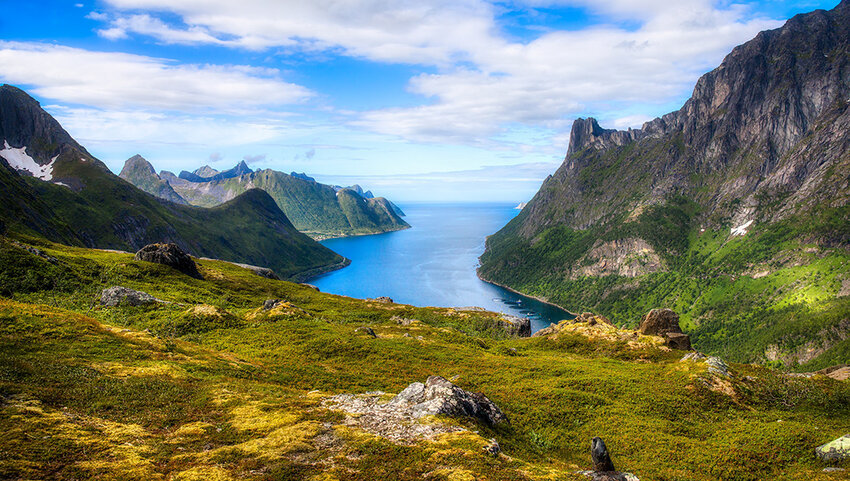
Senja is Norway’s second-largest island yet its position north of the Arctic Circle means it sees far fewer visitors than you’d expect. It shares many of the characteristics of the more crowded Lofoten archipelago: craggy peaks, deep inlets, and broad swathes of pristine ivory sand. Ferries connect the island with the city of Tromsø year-round, making this the perfect place to hole up in the winter months to see the Aurora Borealis. In summer, drive one of Norway’s National Scenic Routes pausing to admire the views at Bergsbotn and Mefjordvær, and detour to quaint fishing villages such as Gibostad. Seasoned hikers will want to conquer Segla, the island’s highest peak; it’s a short and tough climb but worth it for the extraordinary views at the top. Don’t leave for the mainland until you’ve wriggled your toes into the sand of jaw-dropping beaches such as Ersfjordstranda and Bøvær.
Symi, Greece
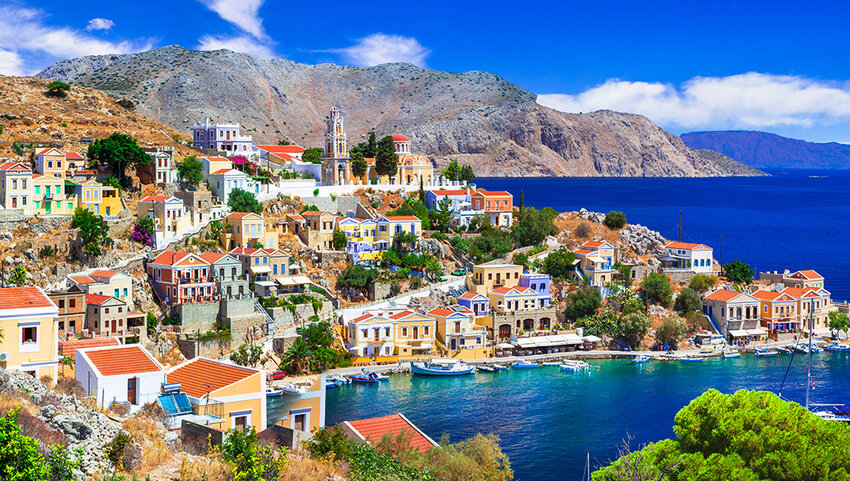
Reachable on a day trip from nearby Rhodes, sleepy Symi is one of the more tranquil Greek Islands. Approaching the port, you’ll pass the island’s landmark clock tower, tiny boats bobbing gently in front of stone houses, and the statue of Michalaki, a young boy fishing on the quayside. Trek up the 500 or so stone steps to reach Chorio for a dreamy view over Gialos below. The ruins of a medieval castle and some old mills can also be found up here; the Kastro was built by the Knights of St John in 1407 to help protect them from pirate incursions. The island is famous for its wine, so before you depart, hike through cypress and pine forest to admire stone wine presses dating back to the Byzantine era that have been rediscovered and reconstructed.
Mersea Island, UK
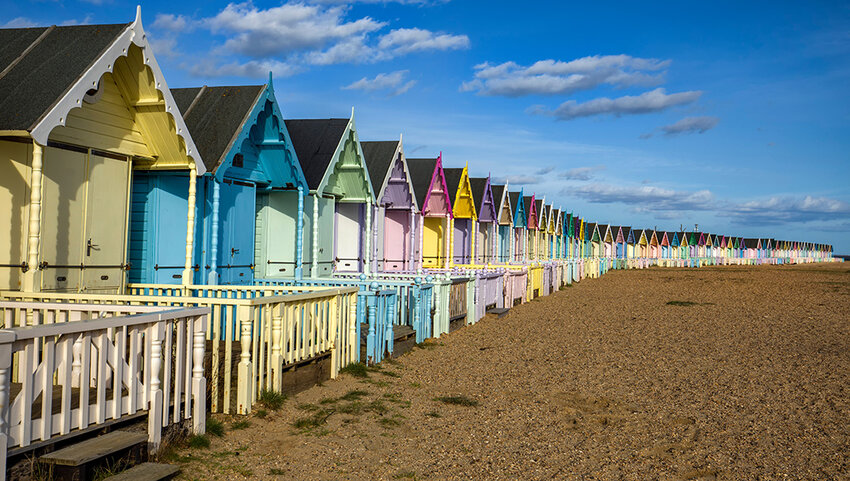
Mersea is one of a handful of tidal islands off the eastern coast of the UK. On the highest tides, the Strood causeway floods, submerging the surrounding salt marsh. But get your timing right, and it’s the gateway to one of the region's most characterful islands. Take a walk along the shingle beach to see the pastel-painted wooden beach huts that provide shelter from the elements when the weather is poor. In summer, rent kayaks and paddleboards to get out on the water; time your visit for August to catch the annual Regatta, when a flotilla of small yachts circumnavigates the island. Take a boat trip up secluded creeks or out to the Packing Shed, where the island’s oyster catch was once processed. Back on dry land, graze on Colchester natives, peppered mackerel, beetroot gravadlax or jellied eels at the family-run Company Shed.
Sylt, Germany
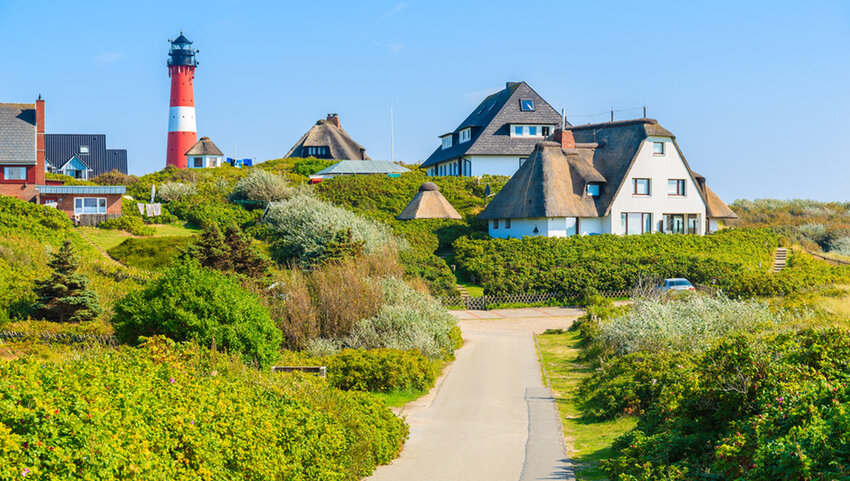
People often forget that Germany has a coastline at all, but when you discover the grassy dunes and low cliffs of windswept Sylt, you’ll wonder why. Conditions for windsurfing and kitesurfing on this Frisian island are outstanding, but bracing walks along its exposed North Sea shoreline are equally invigorating. To some, Sylt bears a passing resemblance to the Hamptons or Martha’s Vineyard, and has all of the same cachet – this place is crammed with upscale hotels and high-end restaurants, attracting a well-heeled clientele. But you don’t need a wad of cash to take advantage of the best views; around 12 euros gets you one of the hooded wicker chairs the locals call Strandkörbe to spend an unforgettable day overlooking the ocean.
Vulcano, Italy
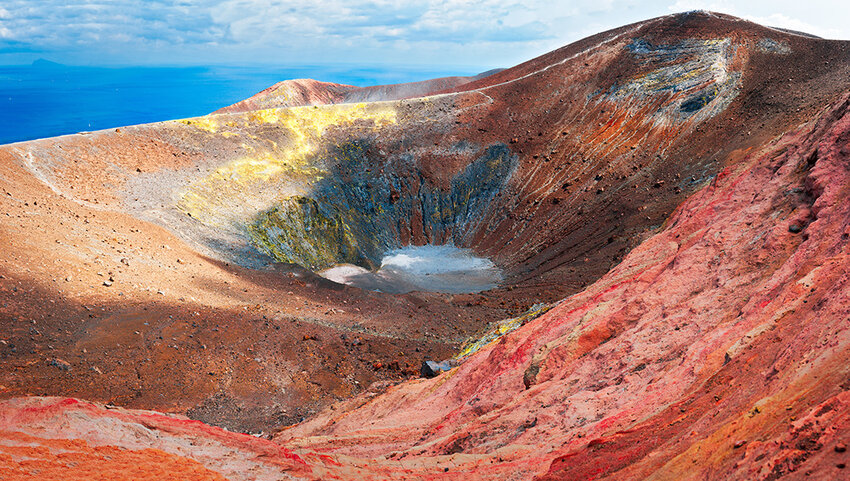
Vulcano, named for the Roman God of Fire, is one of Italy’s Aeolian Islands, located off the north coast of Sicily. Together with neighboring Lipari, Salina, Alicudi, Filicudi, Stromboli and Panarea, it forms a UNESCO World Heritage Site. Unsurprising given its name, one of the highlights of a visit to Vulcano is the hour-long hike to its largest crater, Fossa. Officially, this volcano has been considered dormant since 1890, though the whiff of sulfur in the air is a reminder that gases and steam are often emitted and so caution is advised. Down by the port, check out the Pozza dei Fanghi. These mineral-rich mud pools are heated by underwater fumaroles which some believe have health-enhancing properties.
Streymoy, Faroe Islands
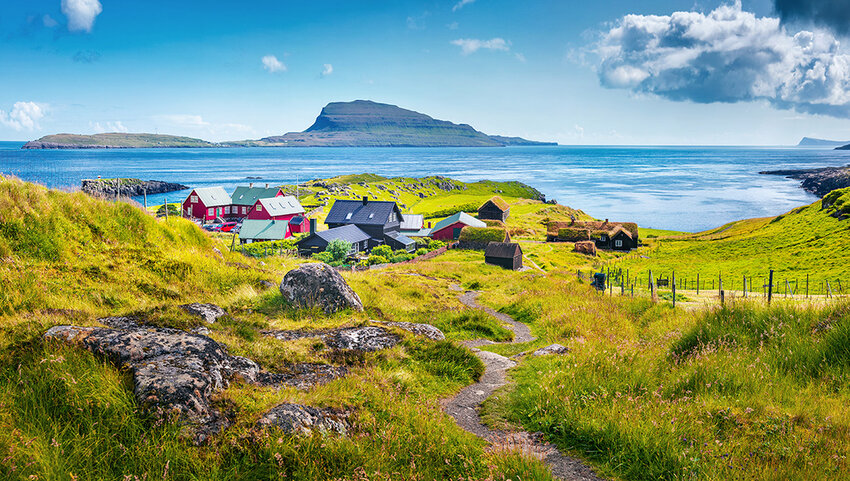
Streymoy is the largest island in the Faroe Islands, yet few visitors make it to this northerly archipelago. Begin in the capital Tórshavn, which retains a lot of its historic charm. Close to the waterfront, you’ll encounter black-timbered homes with turf roofs interspersed with cozy cafés and cute boutiques. The russet red buildings of Tinganes are also ripe for exploring. On the far side of the island, Saksun is a popular destination for hikers. A gentle trail leads down to the water’s edge passing grassy meadows grazed by shaggy rare breed sheep. In summer, visitors can take a boat trip to spot puffins, guillemots and razorbills nesting in Vestmanna’s vertiginous sea cliffs. To the south, explore the village of Kirkjubøur, where you can step inside the 11th-century Roykstovan farmhouse, Europe’s oldest inhabited wooden home.
Formentera, Spain
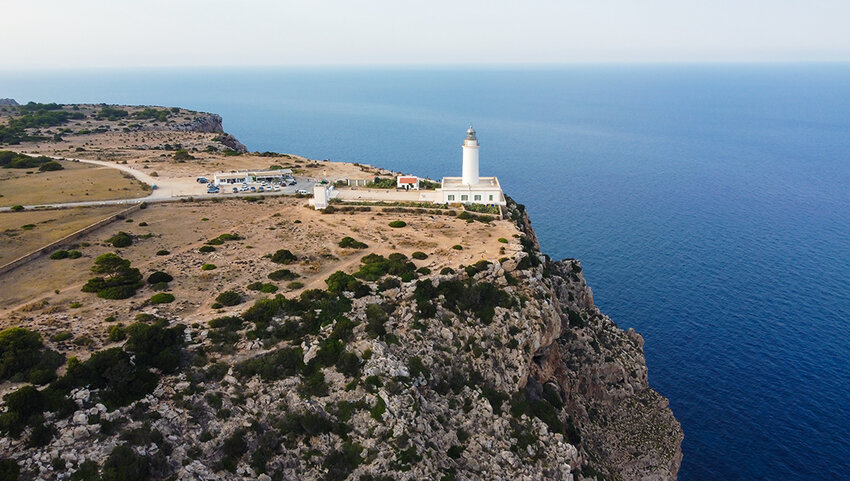
Quiet Formentera, the smallest of Spain’s Balearic Islands, is a ferry ride away from lively Ibiza. Its Bohemian vibe contrasts starkly with its bigger neighbor – you’re more likely to find retreats offering yoga and meditation than the bars and clubs that dominate the island just three nautical miles to the north. Mills litter the countryside; one of the best preserved is the Molí Vell, which opens to visitors each summer. Lighthouses and watchtowers overlook the coastal headlands. Check out the lighthouse that perches on Es Cap de Barbaria atop a 330-foot high cliff and the Des Garroveret Tower, built in the 18th century as a response to the Saracen threat. At night, the lack of light pollution makes Formentera one of the best places in the Mediterranean for stargazing; in recognition, it was certified as a Starlight Tourist Destination in 2023.

